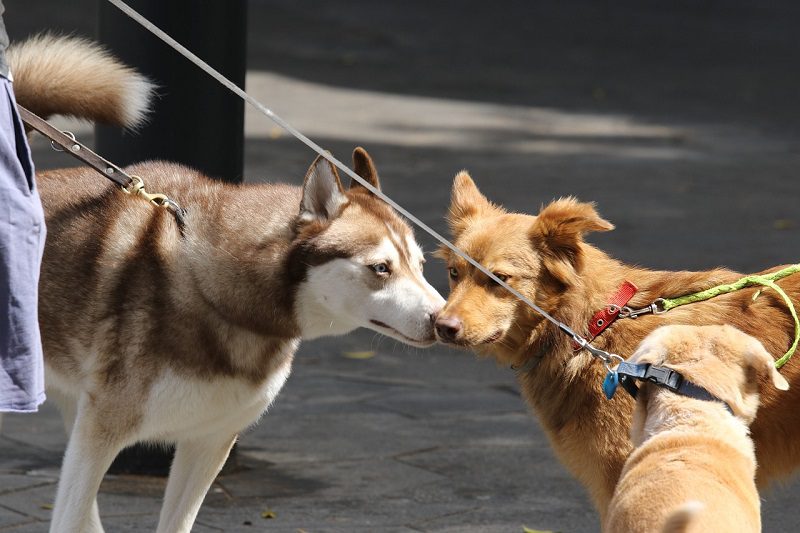Top tips for socialising your new pet
Getting a new pet is exciting and a whole new level of responsibility. Just as with children, there’s a big world out there that we need to educate our pets about – and socialising your new pet is one of the most important things you can do for them.
PDSA Vet Nurse, Nina Downing, explains: “Socialisation has a big influence on the behaviour and temperament of your pet. What they learn at a young age will likely shape their character for the rest of their life.”
As they get more adventurous, other experiences can be introduced, such as welcoming visitors to their home, seeing the post coming through the letter box, witnessing the vacuuming, being left at home without human company for a short time, will give them broad experience of life.

These early weeks are the basis for their future, and after this time they may become more nervous of new experiences and back away, so this grounding is vital.
This is just one reason why choosing a good breeder is important, as they should have started the process from as soon as the little ones become active.
It’s important that they have lots of positive experiences of everyday sights and sounds.
Your vet will be able to give you further advice about socialisation and recommend training classes for once they’re vaccinated, in your local area.”

Things your pet should get used to:
- A variety of friendly, healthy, vaccinated pets – such as those belonging to family or friends. Children (under supervision).
- People of different ages and appearances.
- Loud noises, such as vacuum cleaners, washing machines, thunder and fireworks.
- Travelling in the car – let them spend time in the stationary car in a cat carrier/dog harness a few times, before going on a short journey.
- Being alone – gradually get them used to being left alone for increasing lengths of time. Once toilet training is established and they’re able to hold themselves for longer, or for kittens use a litter tray happily, you can increase this time alone up to a couple of hours. Remember that even when they are adults dogs shouldn’t be left alone any longer than four hours at a time.
Before you start, remember that these experiences should always be positive ones.
If your pet seems anxious or afraid, calmly end the socialisation and move on to something else they enjoy doing
Picture: Pixabay/lindsrw
